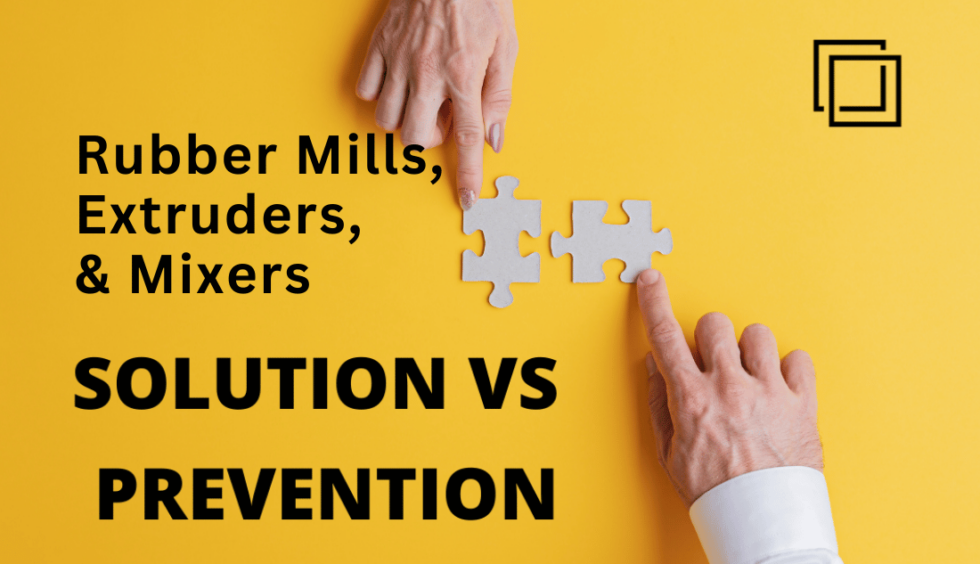Rubber mills, extruders, and mixers are essential equipment in the rubber and plastic industries. Due to the demanding nature of their processes, these machines undergo significant wear and tear. Consequently, they are prone to a variety of issues that can disrupt production, reduce efficiency, and compromise product quality. This article will delve into some of the most common problems encountered with these machines and provide practical solutions to address them.
Rubber Mills
Rubber mills are used to break down and mix rubber compounds. Common problems and solutions include:
- Uneven Milling: This can be caused by worn mill rolls, improper roll gap, or inconsistent feed rate. To resolve this, inspect and replace worn rolls, adjust the roll gap as needed, and ensure a steady feed rate.
- Mill Roll Heating: Excessive heat generation can be due to overload, improper lubrication, or worn bearings. Reduce the mill load, use the correct lubricant, and check for bearing damage to address this issue.
- Material Build-up: Rubber compounds can build up on the mill rolls, affecting milling efficiency. Regular cleaning and the use of anti-adhesion agents can help prevent build-up.
Extruders
Extruders are used to shape molten plastic or rubber into desired forms. Common problems and solutions include:
- Material Degradation: Overheating can lead to material degradation. This can be mitigated by adjusting the screw speed, barrel temperature, and back pressure.
- Die Clogging: Blockages in the die can cause production interruptions. Regular cleaning and proper material preparation can prevent this issue.
- Uneven Extrusion: Inconsistent output can be due to uneven screw wear, faulty heaters, or improper feed rate. Inspect the screw for wear, calibrate heaters, and maintain a steady feed rate to address this problem.
Mixers
Mixers are used to blend rubber or plastic compounds. Common problems and solutions include:
- Inconsistent Mixing: Poor mixing can result in variations in product properties. This can be caused by improper mixing time, incorrect blade speed, or inadequate mixing chamber design. Optimize mixing parameters, check blade condition, and evaluate the mixer’s design.
- Overheating: Excessive heat generation can lead to material degradation. Reduce the mixing time, adjust the cooling system, or modify the mixing chamber design to prevent overheating.
- Material Adhesion: Rubber or plastic compounds can adhere to the mixer’s internal surfaces, reducing efficiency. Use appropriate release agents and clean the mixer regularly to minimize adhesion.
General Troubleshooting Tips
- Regular Inspection and Maintenance: Consistent inspections and preventive maintenance can help identify and address potential problems before they escalate.
- Operator Training: Well-trained operators are less likely to cause equipment malfunctions. Provide comprehensive training on machine operation and troubleshooting.
- Spare Parts Inventory: Having essential spare parts on hand can minimize downtime in case of equipment failure.
- Data Logging: Monitoring machine performance through data logging can help identify trends and potential issues.
By understanding the common problems associated with rubber mills, extruders, and mixers, and by implementing effective solutions, manufacturers can improve production efficiency, reduce downtime, and enhance product quality. It is essential to combine practical troubleshooting with preventive maintenance to optimize the performance of these critical pieces of equipment.
Would you like to focus on a specific type of machine or problem? Contact Us at +86-15976867748 or email us at contact@labkneader.com







